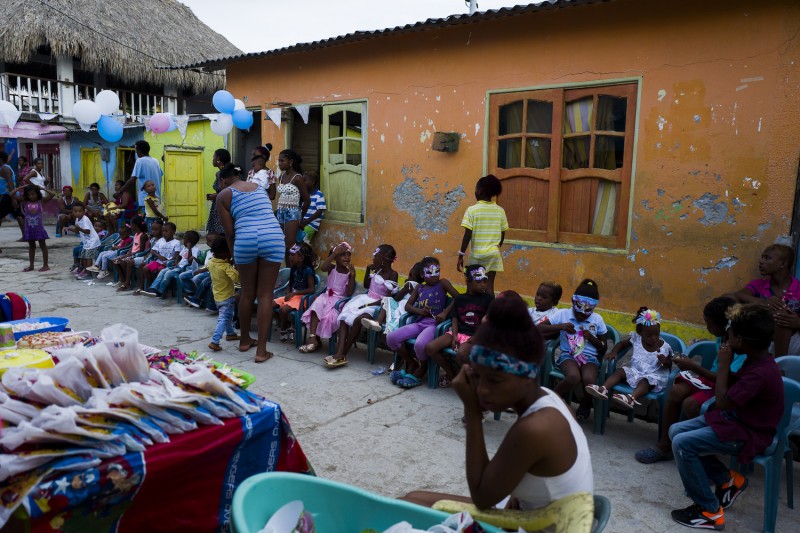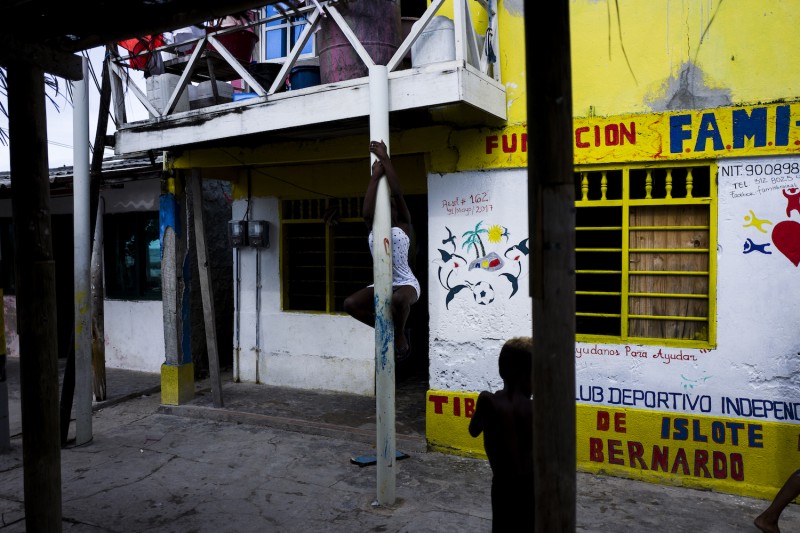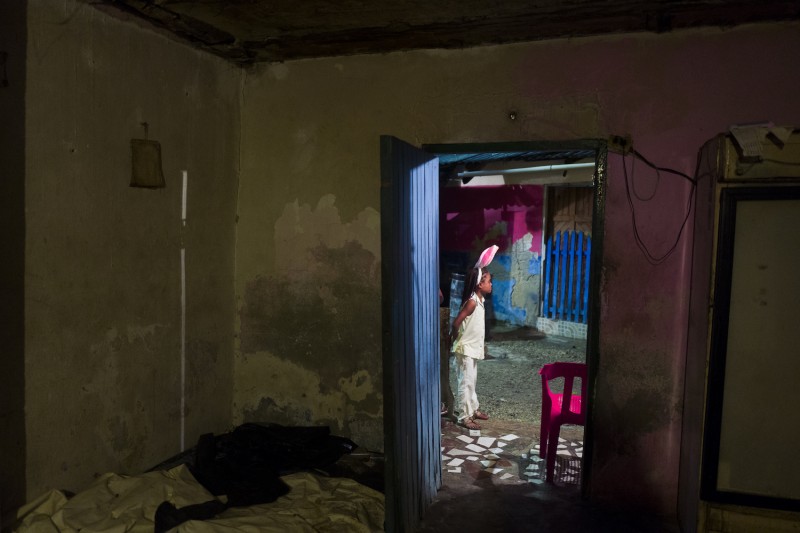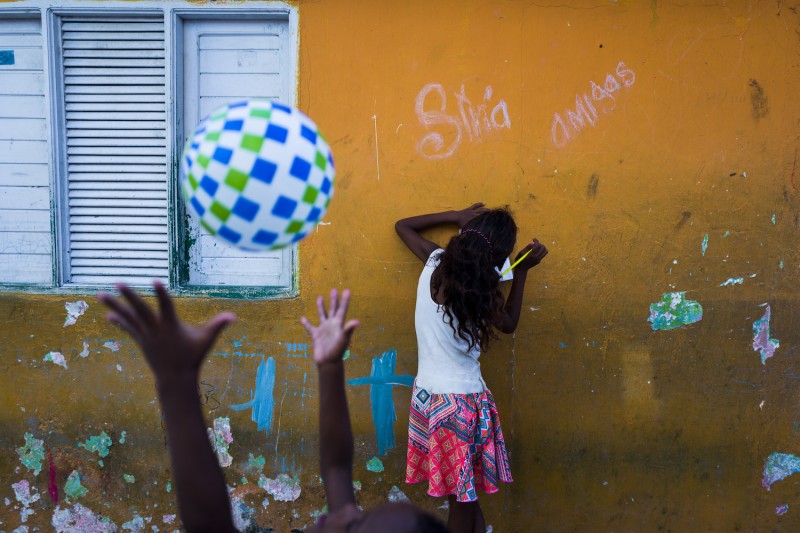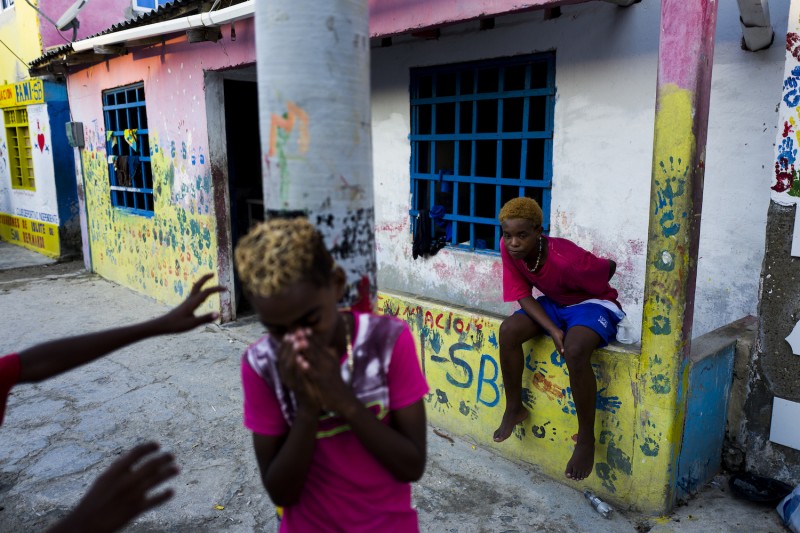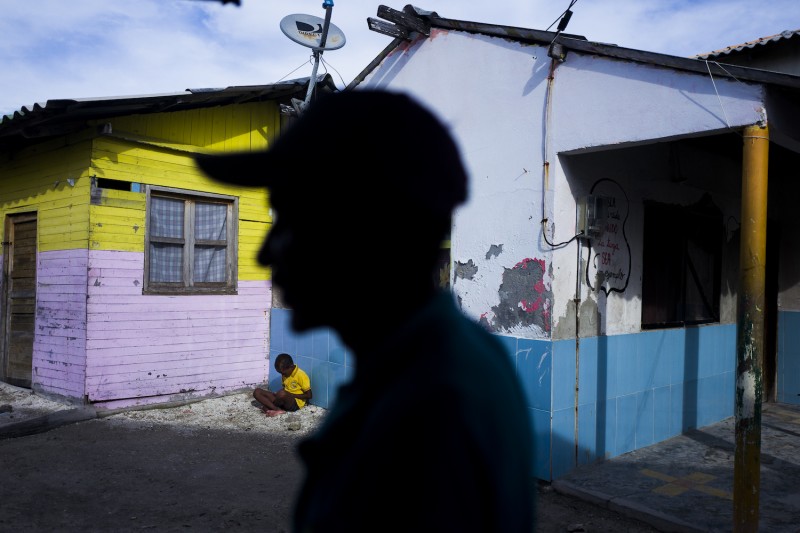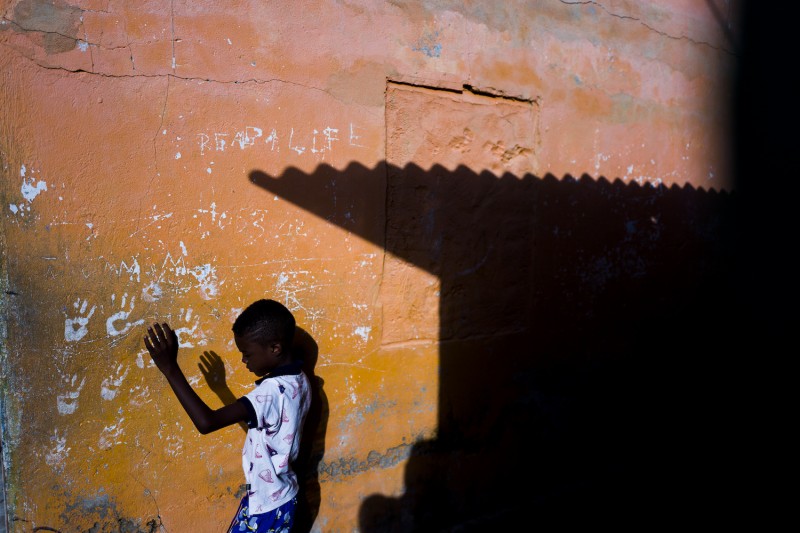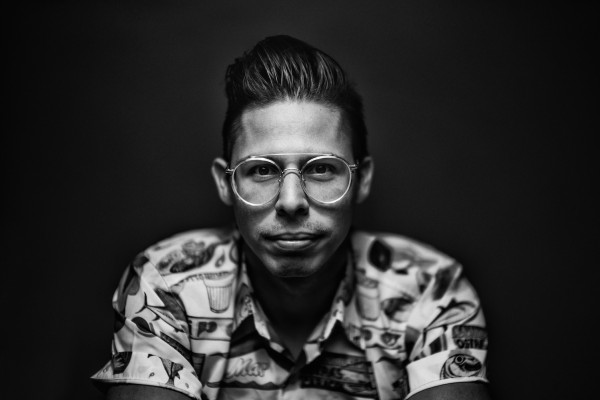Santa Cruz del Islote
Santa Cruz del Islote
Charlie Cordero
June 29, 2018
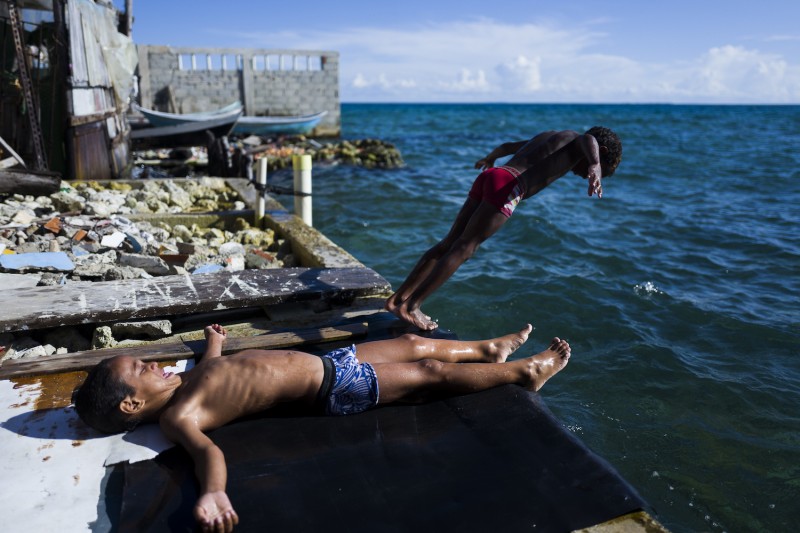
How did you learn about Santa Cruz del Islote?
I was working at the time for El Heraldo, a local newspaper, when one of my colleagues told me about the island. Being a documentary photographer, I’m always interested in how people adapt to their environment and overcome difficult situations, so I immediately decided to do some research. To my surprise, it was difficult at first to find even a small amount of information about this tiny island. From that point on, I wanted to find out everything I could about it.
How did the islanders react to your plan?
Being a stranger with a camera, it wasn’t easy to document the people’s private lives. Everybody knows everyone else, so I was quickly identified as an outsider. Every few steps I was asked who I was and what I was doing. That’s why at first I only took a few photos, needing to have lots of conversations instead. After a while, however, they did understand that the only thing I wanted to do was share the reality of their lives with the world. Little by little the conversations turned into time laughing together.
Considering the limited supply of water and electricity, but also the lack of violence and criminality, Santa Cruz del Islote seems to be like nowhere else in the world. Do the locals have a common attitude to life that differentiates them from the rest of the Colombian population?
Colombia is a country full of needs. 27 percent of the population live in poverty. The difference with the people on Santa Cruz del Islote and the rest of the country, is the way they deal with these needs. Everyone works for the common good, and everyone respects the rules concerning the tight water and electricity reserves. At a first glance, Santa Cruz del Islote may appear like a poor district; however, thanks to the islanders’ commitment, the island has constantly developed. They have learnt to get along with each other – without any kind of authorities to say what can be done and what not. The people on Santa Cruz del Islote are simple and humble, and have learnt to be happy getting by with little. I personally think that the islanders are a good example of how, after fifty years of armed conflict, one can live together in peace.
What is tourism like on the island?
The Santa Cruz del Islote locals have discovered tourism as a new source of income, and are working to ensure that it remains as such in the future. At the moment there is a team of guides who speak some basic English, and who are the ones to look after the tourists. Others make sure the island remains clean and attractive, while others earn some money selling handicrafts and traditional meals. In addition, they have built a small, improvised aquarium where tourists can swim with nurse sharks. These forms of income help the inhabitants in a big way!
More photos by Charlie Cordero can be seen in LFI 5/2018.
All images on this page © Charlie Cordero
Camera: Leica Q, Summilux 1:1.7/28mm Asph
Charlie Cordero+-
Born in Colombia in 1990, the photographer holds a Master's degree in Editorial Photography and Photojournalism from Madrid. His photographs always walk the fine line between descriptive and artistic, telling stories of human rights, gender roles and land use and drawing from collective memory. More

